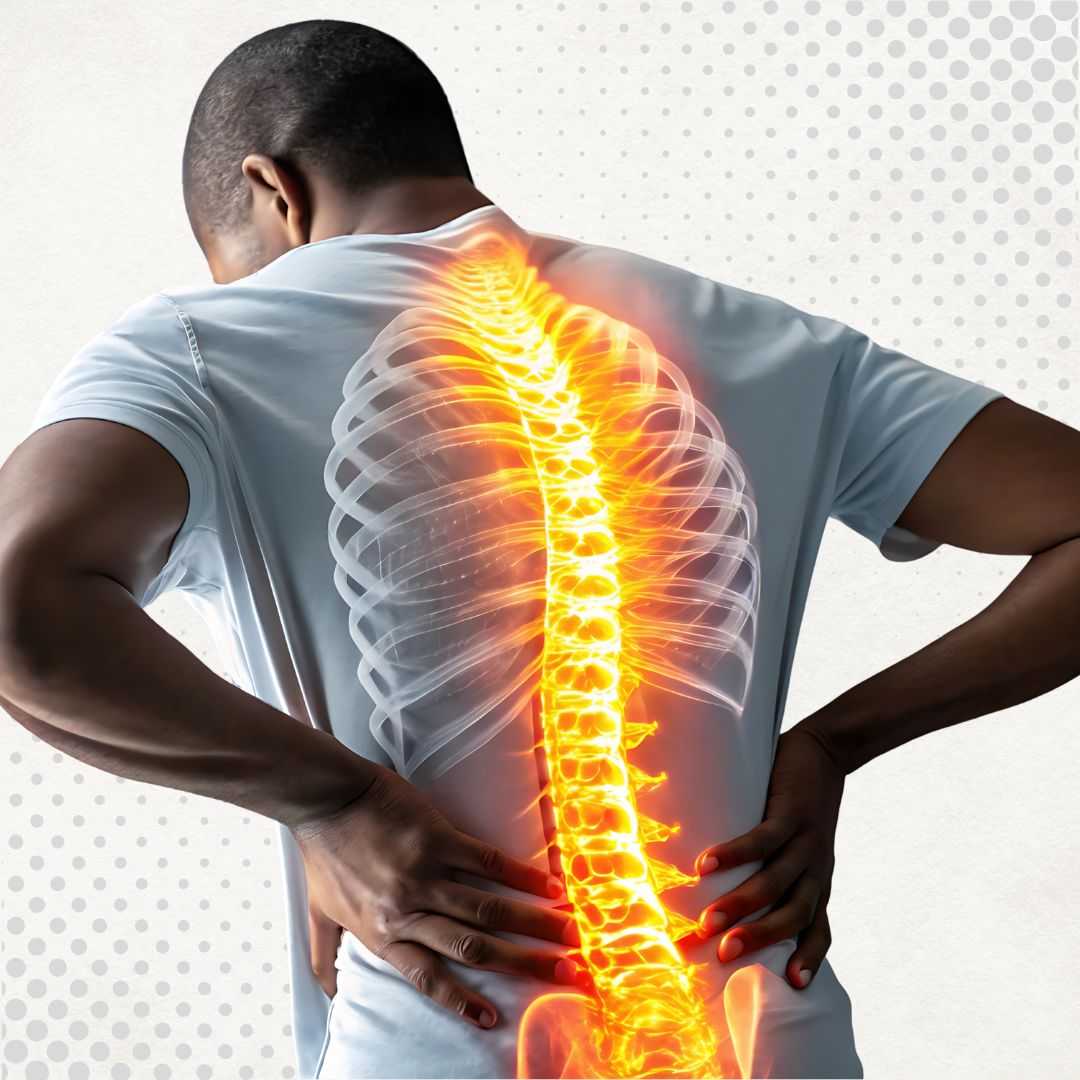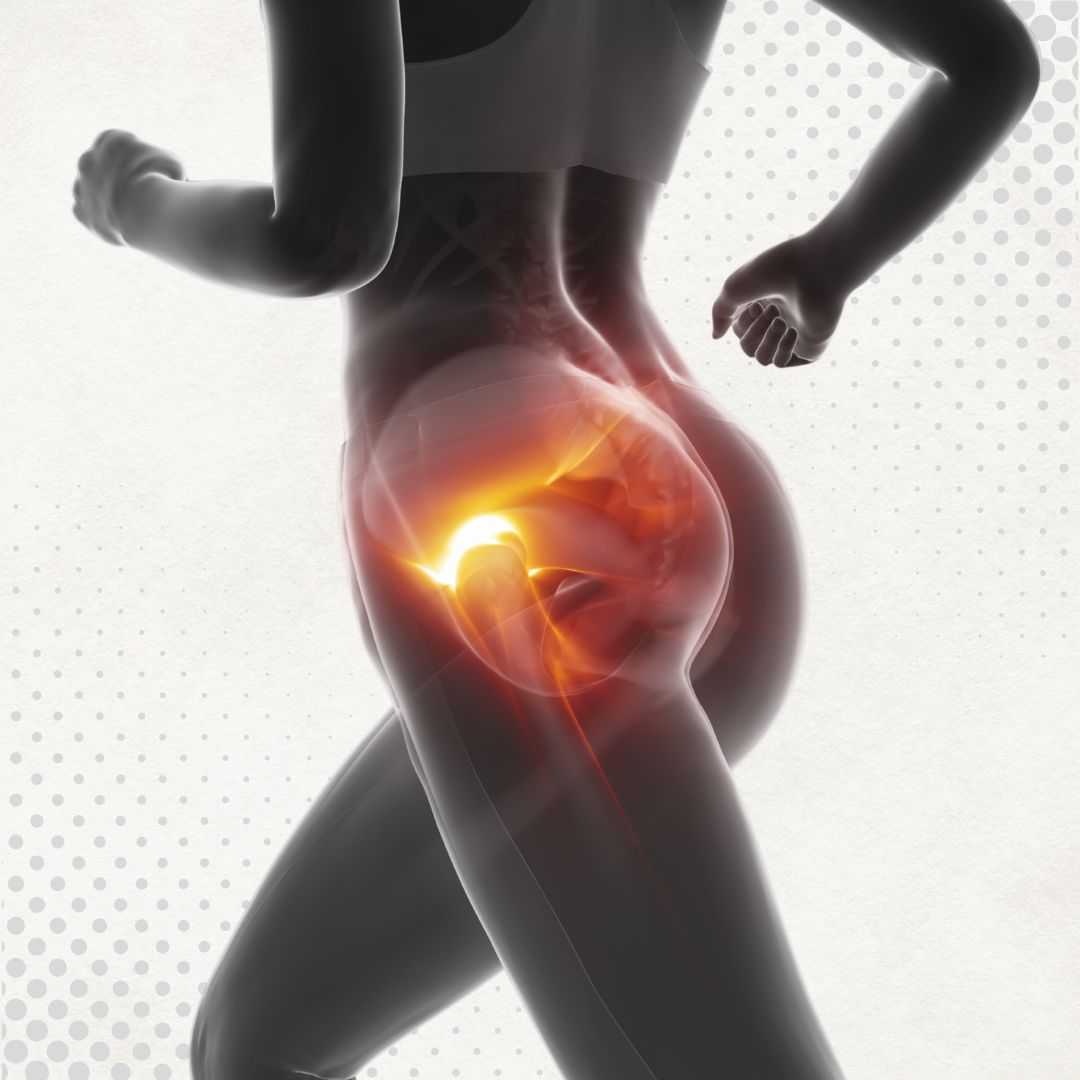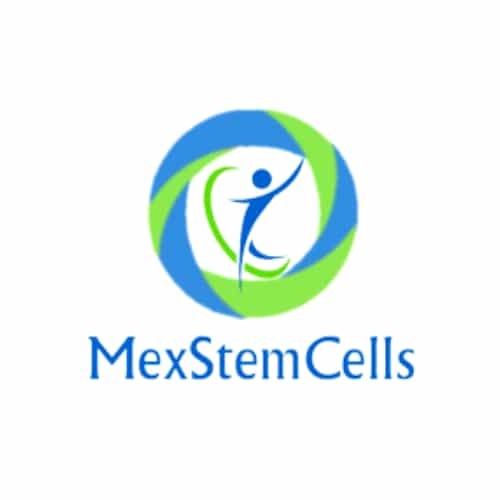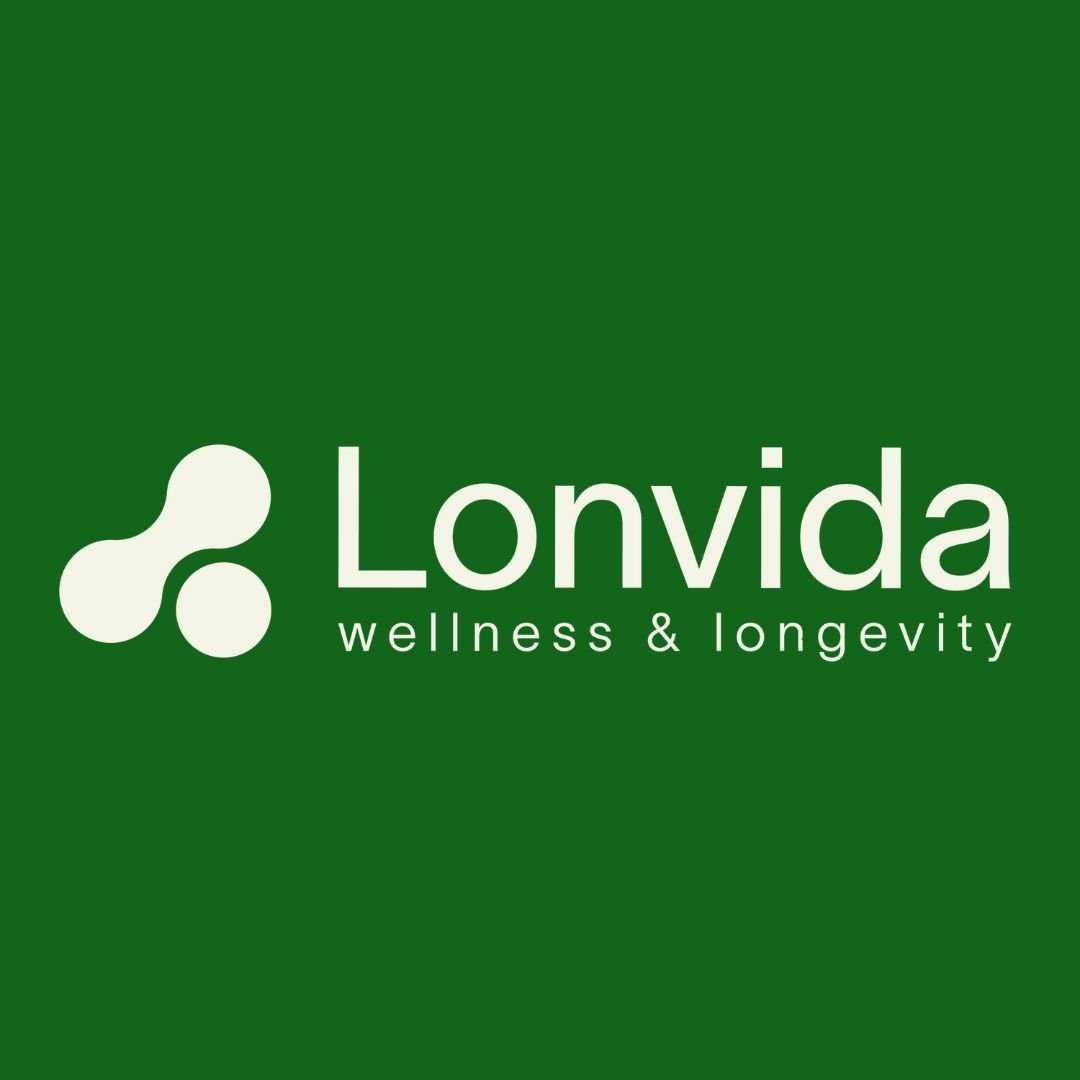Guide to Stem Cell Therapy Costs for Herniated Discs in Mexico
.jpg)
If you are living with the persistent pain and discomfort of a herniated disc, you know how debilitating it can be. Traditional treatments often involve pain management, physical therapy, or even surgery, each with its own set of challenges and recovery times.
However, a growing number of individuals are turning to regenerative medicine, specifically stem cell therapy, as a promising alternative for long-term relief and healing. Mexico has emerged as a leading destination for these advanced treatments, drawing patients from around the globe due to its accessible, high-quality, and often more affordable healthcare options.
Understanding the cost of stem cell therapy for a herniated disc in Mexico is a crucial first step for anyone considering this innovative treatment. While prices can vary, patients can generally expect a range between $5,000 and $10,000, a figure significantly lower than what is typically found in countries like the United States or Canada.
This blog post will explore the various aspects that influence these costs, compare them to international prices, delve into the treatment process, and highlight why Mexico has become a popular hub for those seeking effective regenerative therapies for disc-related issues. We'll answer all your important questions to help you make an informed decision.
What factors influence the cost of stem cell therapy for a herniated disc in Mexico?
Several key factors contribute to the overall price you might pay for stem cell therapy for a herniated disc in Mexico. Firstly, the specific type and quantity of stem cells utilized play a significant role.
Treatments using mesenchymal stem cells (MSCs) derived from umbilical cord tissue or Wharton's Jelly, which are often processed in specialized labs, may have a different cost structure than those using autologous cells harvested from the patient's own body (e.g., adipose tissue or bone marrow). The total number of cells administered is also a critical factor; higher cell counts, often required for more severe disc degeneration, will typically increase the price.
Secondly, the reputation and accreditation of the clinic, along with the expertise of the treating physician, can influence costs. Highly experienced doctors and state-of-the-art facilities that adhere to international medical standards often come with a higher price tag, reflecting their quality of care and successful outcomes.
Additionally, the complexity of your specific herniated disc condition and whether any supplementary regenerative therapies, such as Platelet-Rich Plasma (PRP) or exosomes, are combined with the stem cells will impact the final price. Comprehensive packages that include initial consultations, diagnostic imaging, the procedure itself, and follow-up care tend to offer better value.
How does the cost of stem cell therapy for a herniated disc in Mexico compare to the USA or Canada?
The cost disparity between stem cell therapy for a herniated disc in Mexico and its North American neighbors is one of the primary drivers for medical tourism. In the United States, similar stem cell treatments can cost anywhere from $10,000 to $25,000, and sometimes even higher, depending on the clinic, the type of cells used, and the extent of treatment.
Canadian prices, while potentially lower than the highest U.S. figures, are still significantly above what patients find in Mexico. This substantial difference often makes treatment in Mexico a financially viable option, especially for those without adequate insurance coverage for experimental or regenerative procedures.
The reasons for Mexico's affordability are multi-faceted. Lower operational costs for clinics, including facility overhead, staff salaries, and medical supplies, contribute significantly to the reduced pricing. Additionally, regulatory frameworks and market dynamics allow for more competitive pricing without necessarily compromising quality.
Many Mexican clinics employ highly trained, internationally certified specialists and utilize advanced equipment, providing a level of care comparable to what is found in more expensive countries. This blend of quality and cost-effectiveness firmly positions Mexico as a leading choice for individuals seeking innovative herniated disc treatments.
Is stem cell therapy an effective treatment for a herniated disc?
Stem cell therapy for a herniated disc operates on the principle of regeneration. Stem cells, particularly mesenchymal stem cells (MSCs), have unique properties that allow them to differentiate into various cell types and secrete growth factors that promote healing and reduce inflammation.
When injected into or around a damaged disc, these cells are believed to help repair injured tissue, regenerate cartilage, and potentially restore some of the disc's structural integrity. This regenerative approach aims to address the root cause of the pain, rather than just managing symptoms, leading to more lasting relief for many patients.
Current research and clinical experience suggest that stem cell therapy can be an effective option for individuals suffering from chronic back pain due to herniated discs. Patients often report a significant reduction in pain levels, improved mobility, and an enhanced quality of life.
It's important to have realistic expectations, as individual results can vary based on the severity of the herniation, the patient's overall health, and adherence to post-treatment recommendations. A thorough evaluation by a specialist is crucial to determine if this therapy is the right choice for your specific condition.
What types of stem cells are commonly used for herniated disc treatment in Mexico?
Mesenchymal Stem Cells (MSCs) are the predominant type of stem cells utilized in Mexico for treating herniated discs. MSCs are multipotent stromal cells that can differentiate into a variety of cell types, including bone, cartilage, muscle, and fat cells, making them ideal for orthopedic and regenerative applications.
Beyond their regenerative capabilities, MSCs also possess powerful anti-inflammatory and immunomodulatory properties, which are crucial for reducing pain and swelling associated with disc injuries.
These MSCs can be sourced in a few ways:
- Umbilical Cord Tissue: This is a popular source for allogeneic (donor) MSCs. Umbilical cords, typically collected after healthy births, are rich in young, potent MSCs that have not been exposed to environmental toxins or aging. These cells are highly versatile and are processed in sterile, accredited laboratories.
- Adipose Tissue (Fat): Autologous MSCs can be harvested from a patient's own fat through a mini-liposuction procedure. This source is abundant in MSCs and offers the benefit of using the patient's own cells, eliminating the risk of rejection.
- Bone Marrow: Another source for autologous MSCs, bone marrow aspiration involves extracting a small amount of bone marrow, typically from the hip bone, which is then processed to concentrate the stem cells for injection.
The choice of stem cell source depends on various factors, including the patient's condition, clinic protocols, and the desired cell potency and quantity.
What should I consider when choosing a stem cell clinic in Mexico for a herniated disc?
Choosing the right clinic for your stem cell therapy is paramount to ensuring both safety and positive outcomes. One of the most important aspects is to verify the clinic's accreditations and certifications. Look for clinics that adhere to international medical standards and have proper licensing from Mexican health authorities like COFEPRIS.
This indicates a commitment to quality and patient safety. Investigate the qualifications and experience of the medical team, especially the physicians who will be performing the injections. They should have specialized training in regenerative medicine and a solid understanding of spinal anatomy.
Transparency is another critical factor. A reputable clinic will be upfront about their stem cell sourcing (e.g., umbilical cord donors, patient's own tissue), cell processing methods, and the exact number of cells being administered. They should clearly explain the treatment protocol, potential risks, and expected outcomes.
Don't hesitate to ask for patient testimonials or case studies, and inquire about their post-treatment support and follow-up plans. A comprehensive approach that includes personalized care and long-term support is indicative of a trustworthy and patient-focused clinic.
What is the typical process for stem cell therapy for a herniated disc in Mexico?
The journey for stem cell therapy for a herniated disc in Mexico usually begins with an initial comprehensive consultation. During this phase, medical professionals will review your medical history, current symptoms, and any existing diagnostic imaging such as MRIs or X-rays.
Further imaging may be performed to precisely assess the extent of the disc damage and confirm your eligibility for stem cell therapy. This thorough evaluation ensures that the treatment plan is tailored to your specific needs and condition.
Once eligibility is confirmed, the next step involves preparing the stem cells. If autologous cells (from your own body) are used, a minor procedure will be conducted to harvest them, typically from adipose tissue or bone marrow. These cells are then processed in a sterile laboratory to concentrate and purify them.
For allogeneic cells (from a donor, like umbilical cord tissue), the cells are sourced from accredited labs, thawed, and prepared for injection. The injection itself is a minimally invasive procedure, performed under fluoroscopic or ultrasound guidance to ensure precise delivery of the stem cells directly into or around the herniated disc.
Patients usually experience minimal discomfort during the injection and can typically return home the same day, with detailed post-procedure instructions and a follow-up schedule.
Are there risks or side effects associated with stem cell therapy for a herniated disc in Mexico?
Like any medical procedure, stem cell therapy carries some potential risks, though serious complications are uncommon, especially when performed by experienced professionals in a sterile environment. The most frequently reported side effects are generally mild and localized.
These can include temporary pain, swelling, or bruising at the injection site. These reactions typically subside within a few days and can often be managed with over-the-counter pain relievers and rest.
More severe risks, such as infection, nerve damage, or allergic reactions, are extremely rare. Reputable clinics in Mexico implement stringent safety protocols, including comprehensive patient screening to rule out contraindications, meticulous sterilization techniques, and the use of high-quality, lab-tested stem cells.
If autologous cells are used, the risk of immunological rejection is essentially zero. It's crucial to discuss all potential risks and benefits with your medical provider and ensure you choose a clinic that prioritizes patient safety and follows ethical guidelines for regenerative treatments.
How long does recovery and improvement take after stem cell therapy for a herniated disc?
The timeline for recovery and experiencing the full benefits of stem cell therapy for a herniated disc is highly individual. While some patients may report initial relief from pain and inflammation within a few weeks of the procedure, the complete regenerative process takes time.
Stem cells work by signaling the body to repair and rebuild damaged tissues, which is a gradual biological process. Therefore, significant structural improvements and sustained pain reduction typically manifest over several months, often between three to six months, and can continue for up to a year.
During the recovery period, patients are usually advised to follow a specific post-treatment plan, which may include light activity, avoiding strenuous exercise, and sometimes engaging in physical therapy to strengthen supporting muscles and improve posture. Adherence to these recommendations is vital for maximizing the therapeutic effects of the stem cells.
Regular follow-up appointments with your clinic will help monitor your progress and make any necessary adjustments to your recovery plan, ensuring the best possible long-term outcomes for your herniated disc.
Why is Mexico a preferred destination for medical tourism for stem cell therapy?
Mexico has steadily built a reputation as a global leader in medical tourism, particularly for advanced treatments like stem cell therapy for conditions such as a herniated disc. The primary draw is often the significant cost savings compared to countries with more expensive healthcare systems.
However, affordability is not the only factor. Many clinics in Mexico are equipped with cutting-edge technology and modern facilities that meet or exceed international standards, providing a high level of patient care.
Beyond cost and infrastructure, Mexico boasts a growing number of highly skilled and often internationally trained medical specialists who are at the forefront of regenerative medicine. The geographic proximity for patients from the United States and Canada also makes travel convenient and less stressful.
This combination of accessible pricing, quality medical care, expert physicians, and ease of travel creates an attractive proposition for individuals seeking effective and innovative treatments for their herniated discs, making Mexico a top choice for medical tourism in this specialized field.
What are the regulatory guidelines for stem cell therapy in Mexico?
The regulatory landscape for stem cell therapy in Mexico is overseen by the Federal Commission for the Protection against Sanitary Risks (COFEPRIS), which is Mexico's equivalent of the FDA.
While regulations are continually evolving, COFEPRIS generally allows for treatments using autologous stem cells (derived from the patient's own body) and allogeneic mesenchymal stem cells (typically from umbilical cord tissue) provided they are processed in certified, good manufacturing practice (GMP) compliant laboratories.
This framework is often more accommodating than the stricter regulations found in some other developed nations, which may classify many stem cell applications as experimental drugs, thus limiting access.
It's important for patients to ensure that any clinic they choose in Mexico operates within these guidelines. Reputable clinics will be transparent about their regulatory compliance and the source of their stem cells, whether they are harvested from the patient or obtained from a licensed tissue bank.
This regulatory environment allows clinics to offer a broader range of regenerative treatments for conditions like herniated discs, while still maintaining standards for patient safety and ethical practice, making Mexico a viable option for those seeking these advanced therapies.
What can I expect in terms of aftercare and follow-up when receiving stem cell therapy in Mexico?
Effective aftercare and follow-up are crucial components of a successful stem cell therapy experience for a herniated disc. Immediately following the procedure, clinics typically provide detailed instructions regarding activity restrictions. This might involve avoiding strenuous activities, heavy lifting, or specific movements that could strain the treated disc, usually for a period of several weeks.
Gentle walking and light exercises may be encouraged to promote circulation and aid in the healing process. Pain management strategies, if needed, will also be discussed to ensure your comfort during the initial recovery phase.
Beyond the immediate post-procedure period, a reputable Mexican clinic will establish a personalized follow-up schedule. This often includes regular check-ins, which can be conducted virtually for international patients, to monitor your progress, assess pain levels, and evaluate improvements in mobility and function.
Some clinics may recommend incorporating physical therapy or specific rehabilitation exercises into your routine to support the regenerative process and strengthen the surrounding musculature. This ongoing support ensures that you receive guidance throughout your healing journey and that any concerns are addressed promptly, optimizing your long-term results from the stem cell therapy.
Ready to explore solutions for your herniated disc? Visit PlacidWay.com to connect with leading clinics in Mexico and around the world offering advanced stem cell therapies and personalized treatment plans.


.png)














Share this listing